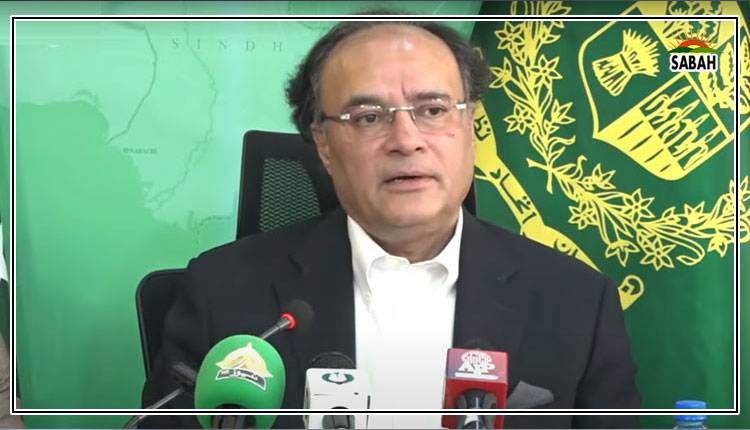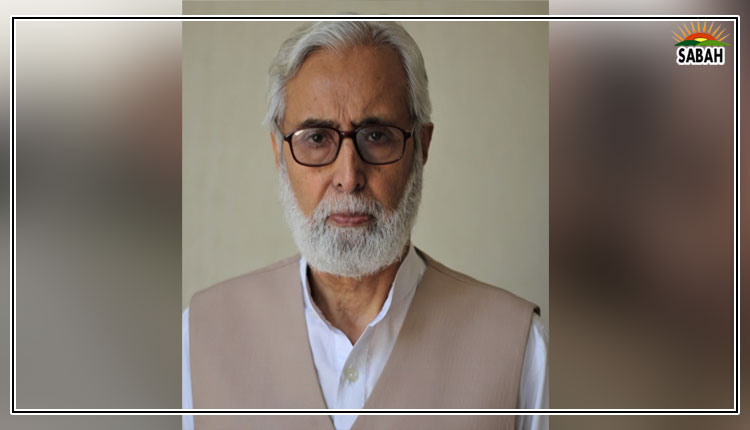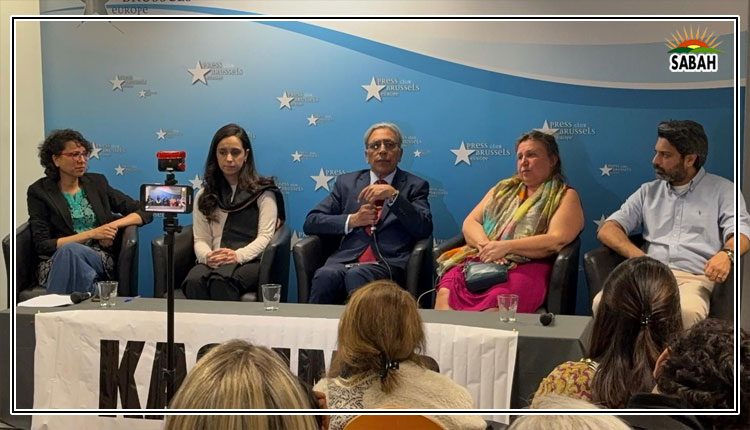Smallholder agri development — managing risk, stabilising cash flow….Daud Khan
In previous articles, I had pointed out that Pakistan has failed to build up its manufacturing sector, promote exports of high value goods and services, and move people out of agriculture. A consequence of this failure is that a very large proportion of the population is stuck in rural areas, cultivating small plots of land. These small farmers use poor technology, face inefficient input and output markets, and rely on high-cost informal credit markets. They can barely eke out a living and this is reflected in the alarming health and nutrition figures in rural areas.
I had argued that for its long-term development Pakistan has to build an export-based manufacturing and services sector; move people out of agriculture; and consolidate farms and operational land holdings. It is worth recalling that rapidly growing, export oriented countries such as China and Vietnam reduced the proportion of labour in agriculture by 30-35 percentage points over three decades, compared to a reduction of only about seven percentage points in Pakistan over a similar period.
However, building up the manufacturing and services sector to focus on exports will take effort, time and investment. In the short term developing, the agriculture sector, particularly smallholder agriculture, could provide a quick win. It would allow the country to meet several high priority targets such as reducing poverty; enhancing food security; improving nutrition; and providing employment, particularly to young people. If properly managed, agriculture also has the potential to enhance exports, reduce imports and improve the balance-of-payments situation.
One way that smallholders have been developing is by creating production clusters. These are specific areas where farmers, in cooperation with traders and transporters, specialise in a particular crop. Examples of such production clusters range from bananas in lower Sindh to cherries and apricots in Gilgit-Baltistan. Farmers who have specialised in these crops can earn returns of Rs5-10 lakhs per acre which means that even with less than 10 acres they can make Rs0.5-1 crore in a good year a tidy sum indeed. Similar developments are taking place in the livestock sector with specialised production units of 5-50 dairy animals, or poultry units of 100,000 birds, clustering in and around urban centres.
But establishing a specialised farm or livestock unit is not for everyone. A 10 animal dairy unit requires over Rs1 crore to set up; establishing a 10 acres banana plantation requires Rs2 crore and a waiting time of at least two years until production comes online. In addition to the initial capital costs, farmers wishing to go for specialised production need to be able to meet production and marketing risks. Pests and disease can wipe out a crop or kill or debilitate animals; extreme weather events that are now ever more frequent; and market conditions can change with major price swings occurring in a short time.
This makes specialised production unsuitable for many farmers, especially the smallest and poorest the hardcore of rural poverty. Fortunately some very innovative work is being done on this. Building on technologies introduced by specialised technical agencies such as FAO, many farmers are taking up diversified farming. This is a technique where several crops, with different planting and harvesting times, are grown on the same plot of land. The mix of products not only helps offset agronomic and market risks, but also smooths out cash flow over the year.
Clearly a diversified agriculture model works best when farmers have access to markets either directly or through middle men conditions that exist in and around cities and towns or near major roads and highways. Driving around Hyderabad or between Lahore and Islamabad, one sees thousands of farmers who are taking up diversified farming. And one can see prosperity in terms of their houses, clothes and the ownership of assets such as motorcycles, wristwatches, smartphones and TVs.
One of the people pushing diversified farming to its limits is Dr Azeem Khan. Having served as Director General of the National Agriculture Research Centre and subsequently as Chairman of the Pakistan Agricultural Research Council the apex institution for research in Pakistan Dr Azeem is now dedicating his post-retirement time to find out best way for small farmers to squeeze out the maximum returns from their small plots of land.
And the results are surprising. From a small (2-acre plot), Dr Azeem has managed to get returns of Rs10 lakhs per year. This is through a mix of various summer and winter vegetables including bittergourd, okra, capsicum, tomato, pumpkins, spinach, carrots and brinjal. He has also successfully added a fish pond and a few beds for high value cut-flowers. And as these products have different maturity and harvesting dates, farmers can benefit from a much smoother cash flow over the year. The mix of crops also reduces the risks associated with pests and diseases; and lower use of pesticides not only cuts costs but also provides consumers a better product.
Some of Dr Azeems collaborators are also working to develop a mix of crops suitable for more remote areas. For example they are experimenting with crops such as saffron. This is not only a very high value product (Rs10,000 per tola) but can also be stored for up to 8 months which means that rapid transport is not essential as in the case of fresh fruits and vegetables.
But is there more that can be done? An area that will yield high returns is a much greater effort on technical innovation. Pakistans agriculture research system is still stuck in the 1960s with most effort going into a handful of strategic crops such as wheat. In contrast, little is done on high value products and on livestock for which demand is rising rapidly; or on harvesting, storage, transport and storage where there are huge losses.
Better research needs to go hand in hand with better outreach to famers. However, at the present time, public extension systems in most provinces are dysfunctional and ineffective. Most extension department workers are support staff peons, messengers, drivers and cleaners and many are ghost workers who turn up once a month to pick up salaries. As a result of this skewed pattern on expenditures, the few technical staff that exists do not have a budget to any meaningful work.
Maybe if the government could revamp its agriculture research and extension systems towards the emerging needs of small farmers, things could move much faster.
Courtesy The Express Tribune











